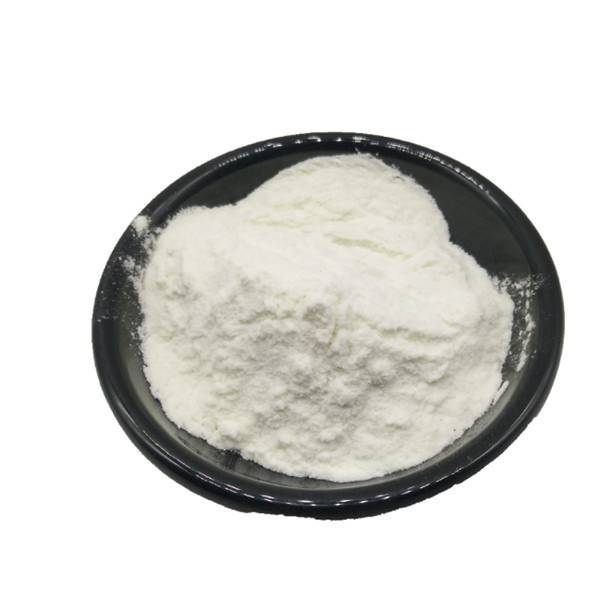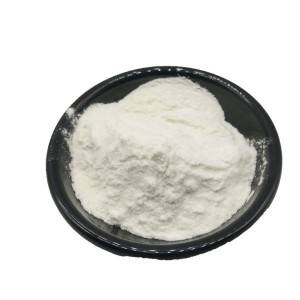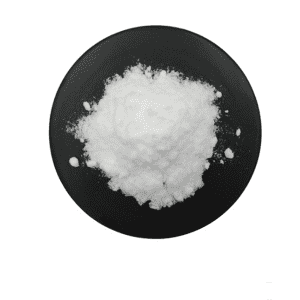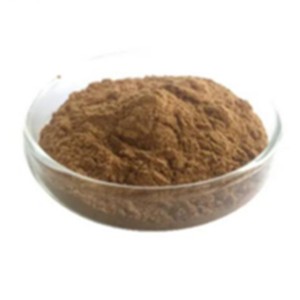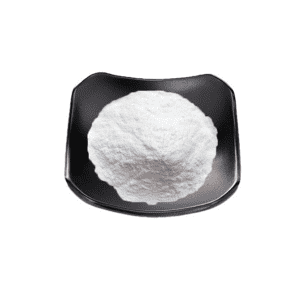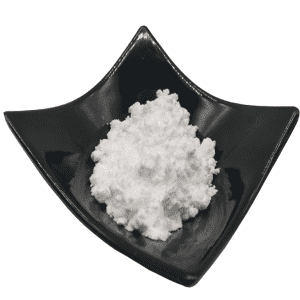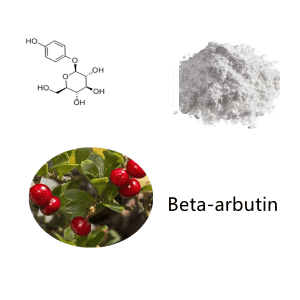Ceramide-E
Product Detail
Name: Ceramide-E
CAS: 100403-19-8
Feature:
Ceramides, also known as sphingolipids, are lipids that exist in the skin and play an important role in the formation of the epidermal stratum corneum. It is a structural unit shared by (neural) sphingolipids. The fatty acid has an acid amide bond structure on the amino group of sphingosine. If sugar is bound to it, it becomes glycosphingolipids, and if phosphorylcholine is bound, it becomes (sphingomyelin). Ceramide is an intermediate metabolite of sphingolipids, especially in biosynthesis. Except for platelets, only a small amount exists. Patients suffering from Fabry disease, one of hereditary lipid accumulation diseases, accumulate large amounts of ceramide in the cerebellum and kidneys. Recent studies have shown that when the skin appears dry, desquamated, and cracked, and its barrier function is significantly reduced, skin supplementation with ceramide can quickly restore moisturizing and barrier functions.
Ceramide-E has the following applications/functions:
Moisturizing effect, anti-aging effect
1.Ceramide E is the latest generation of moisturizer developed in recent years. It is a water-soluble lipid substance. It has a similar structure to the material that constitutes the stratum corneum. It can quickly penetrate into the skin and combine with the water in the stratum corneum. , Forming a kind of network structure, lock the moisture. The moisture content of the skin is about 18%-20% of the body weight. Skin moisturization and elasticity are closely related to the moisture content of the epidermis. Excessive loss of skin moisture can lead to dryness and even chapped skin. The study used organic solvents to remove lipids in the stratum corneum. It was found that the skin was chapped continuously (>4 days), appeared scaly, and the electrical conductivity of the skin decreased significantly. The lipid components extracted from the stratum corneum of the epidermis were subjected to local skin tests under the same conditions to explore which lipid component can have and what effect on skin moisture recovery. It was found that the topical use of ceramide can lead to a very significant increase in skin conductivity, followed by cholesterol, and the effects of free fatty acids and cholesterol esters are not obvious. Ceramide has a strong ability to associate water molecules. It maintains skin moisture by forming a network structure in the stratum corneum. Therefore, ceramide has the effect of keeping skin moisture.
2.Ceramide E has an anti-aging effect. During the aging process of the skin, lipid synthesis decreases and the ceramide content in the stratum corneum decreases. The characteristics of skin aging are as follows: (1) Dry skin, desquamation, roughness, and loss of luster; (2) Thinning of the skin stratum corneum, increased wrinkles, and decreased elasticity. The use of ceramide can increase the content of ceramide in the epidermal stratum corneum, which can improve skin dryness, desquamation, roughness and other conditions; at the same time, ceramide can increase the thickness of the epidermal stratum corneum, improve skin water retention, reduce wrinkles, enhance skin elasticity, and delay Skin aging. Ceramide can activate senescent cells, promote epidermal cell division and basal cell regeneration, strengthen the skin barrier (or isolation protection), and prevent the intrusion of external stimuli.
Composition:
Appearance: White powder
Assay: 99%
Packing: 25kg/drum or as discussed
Shelf Life: 2 years
Storage: Store in cool and dry area
Certification:ISO GMP KOSHER HALAL
